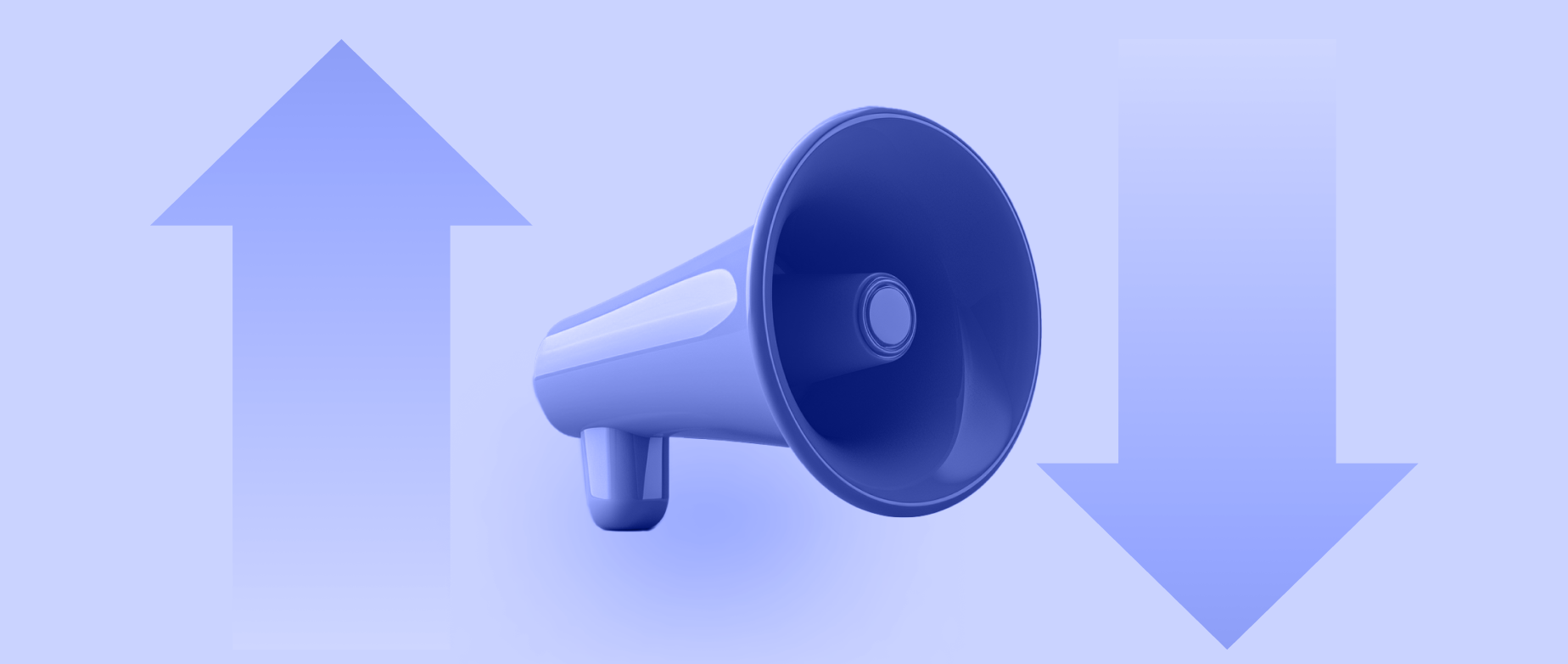There are countless ways to win customers these days—from billboards to blogs. While these marketing strategies may all sound distinct, they fall into two main categories: inbound marketing and outbound marketing.
Both approaches have distinct characteristics, advantages, and challenges. The choice between inbound and outbound marketing depends on the nature of your product or service, target audience, and budget.
What is outbound marketing?
Outbound marketing is an advertising strategy that targets potential customers by directly delivering promotional messages. Outbound marketing relies on broadcasting these messages to a broad audience with the aim of engaging as many potential buyers as possible.
Outbound marketing examples include television commercials, cold calling, and billboard advertising. This approach proactively introduces your brand to consumers who may not yet realize they need your products or services.
This strategy casts a wide net, increasing the probability of reaching potential buyers who may not be actively searching for products but can be influenced by persuasive advertising. For example, a luggage brand might purchase a television ad slot during a popular travel show to showcase its latest suitcase collection to a large audience.
What is inbound marketing?
Inbound marketing is a marketing strategy that attracts potential customers to your company through valuable content tailored to their needs.
Inbound marketing focuses on establishing your company as a trusted resource within your industry by creating and distributing relevant content that attracts, engages, and delights your audience. By leveraging techniques like search engine optimization (SEO), content marketing, and social media marketing, you can connect with potential customers without making a hard sell.
For example, an ecommerce cookware company might create an informative blog post on essential kitchen tools with an embedded video featuring their pots and pans.
Inbound vs. outbound marketing
Marketers often debate the merits of inbound versus outbound marketing. Here are some of the characteristics that set these two strategies apart:
Audience targeting
Inbound marketing attracts an audience by tailoring content to their ideal customer. For example, a sustainable fashion brand might create blog posts with eco-friendly fashion tips, targeting environmentally conscious consumers actively seeking ways to reduce their impact. Making content for people with a transactional intent is an effective way to draw in qualified leads, who are more likely to convert.
Outbound marketing efforts cast a wide net, and while they may have lower engagement and conversion rates, they can effectively build brand awareness and reach a large audience quickly. For instance, a luxury watch brand might place a billboard advertisement in a high-traffic city area, hoping to catch a broad audience’s attention.
Get better ad performance with Shopify Audiences
Shopify Audiences helps you find relevant buyers and lower advertising costs with custom audience lists—powered by Shopify’s unique insights from commerce data.
Discover Shopify Audiences
Content strategy
Inbound marketing tactics focus on creating valuable, informative content tailored to the needs and interests of a target audience. Examples include blog posts, ebooks, whitepapers, infographics, and videos. The goal is to educate, entertain, and engage potential customers and establish your brand as a trusted industry authority. By consistently delivering high-quality content, inbound marketing campaigns can attract and nurture leads, guiding them through the sales funnel until they’re ready to purchase.
By contrast, outbound marketing strategies focus on promoting products or services directly to potential customers. Outbound marketing strategy content—like advertisements, direct mail, sales brochures, cold emails, and telemarketing scripts—is often more sales-oriented, highlighting the offering’s features and benefits. The primary objective is to persuade the audience to take immediate action.
Cost and ROI
Inbound marketing focuses on attracting customers through valuable content and organic engagement. It target buyers at various stages of the marketing funnel, and nurtures them until they’re ready to purchase. This may require time and resources upfront but can lead to a steady stream of qualified leads and customers over time, resulting in a higher return on investment (ROI).
Outbound marketing techniques like paid advertising and cold calling typically demand a larger upfront investment and may yield a lower ROI. While this approach can limit opportunities for fostering enduring relationships and securing repeat customers, it can be effective for driving swift sales and boosting brand visibility in competitive markets.
Customer relationships
An inbound marketing strategy fosters long-term customer relationships by providing value and building trust.
A homeware ecommerce store may create informative articles and infographics to inspire customers with interior design ideas and tips for creating a cozy living space. By consistently delivering helpful content, the store can become a trusted resource, fostering loyal customers who are more likely to make repeat purchases and recommend the brand to others. These inbound leads are often more engaged than those generated through outbound marketing efforts.
Outbound marketing often prioritizes short-term transactions. For example, an outerwear store may launch a direct mail campaign, sending catalogs with exclusive discounts to a targeted list of potential customers. Outbound marketing strategies can produce immediate leads and sales. By consistently positioning the brand in front of the public, these tactics boost brand recognition, a foundational element in building trust and loyalty over time.
Market your business with Shopify’s customer marketing tools
Shopify has everything you need to capture more leads, send email campaigns, automate key marketing moments, segment your customers, and analyze your results. Plus, it’s all free for your first 10,000 emails sent per month.
Discover Shopify’s customer marketing tools
Inbound vs. outbound FAQ
What is the difference between inbound and outbound?
Inbound marketing focuses on attracting customers through valuable content, while outbound strategies involve actively reaching out to potential customers through various channels. Outbound marketing relies on pushing a message to a broad audience, whereas inbound marketing aims to draw in the right audience with relevant content.
How do you choose between inbound and outbound marketing?
Choosing between inbound or outbound marketing depends on target audience, budget, and marketing goals. Outbound marketing is effective for quickly reaching a broad audience. Inbound marketing excels at cultivating deeper, long-term relationships with customers. Costs can vary significantly between strategies.
Can you use inbound and outbound marketing at the same time?
Yes, companies can use inbound and outbound marketing simultaneously. A well-rounded marketing strategy often incorporates elements of both approaches, leveraging the strengths of outbound marketing to generate quick results while using inbound marketing to nurture leads and build lasting customer relationships.





